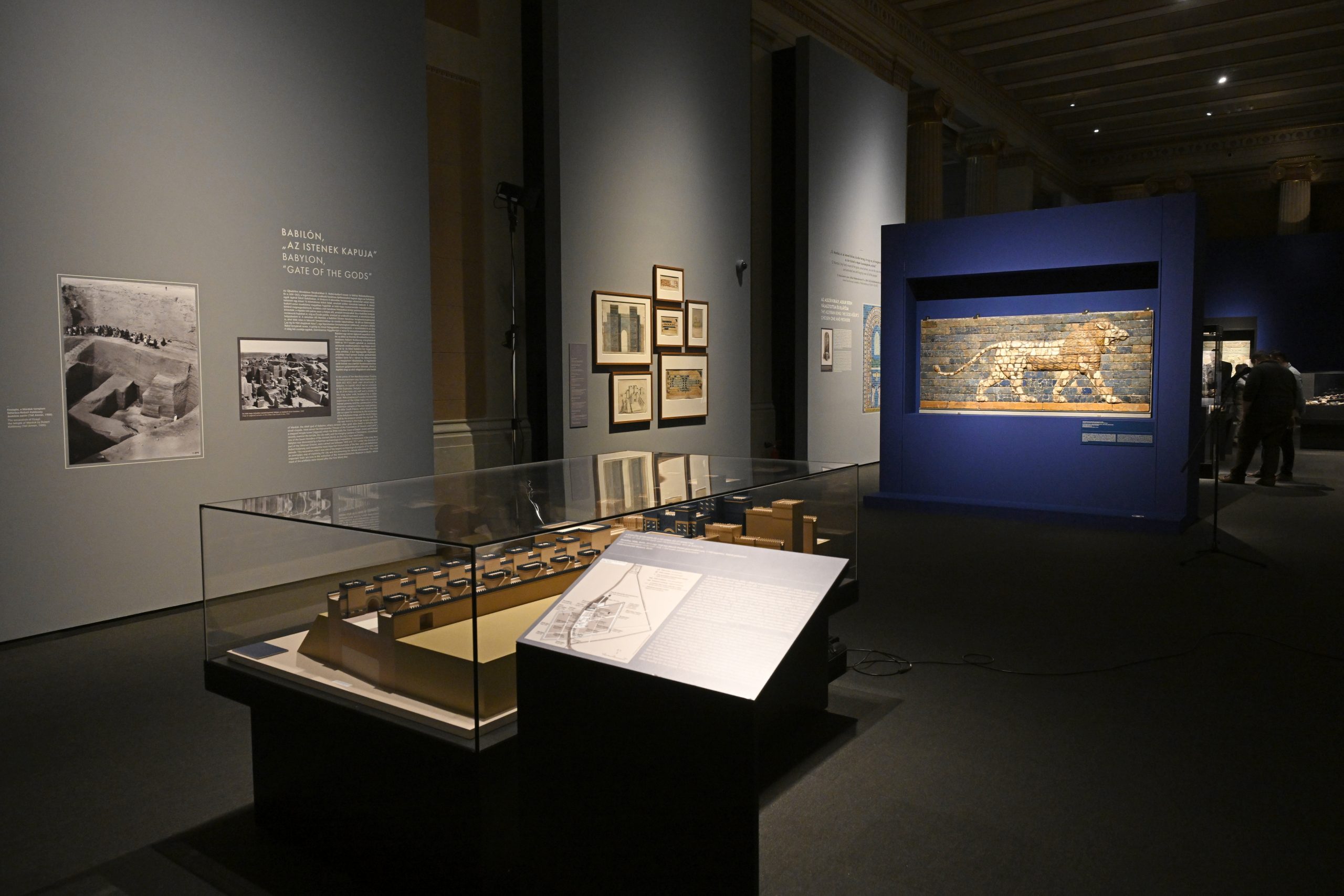
The exhibition offers an insight into the lost culture through more than 150 loaned artifacts.Continue reading
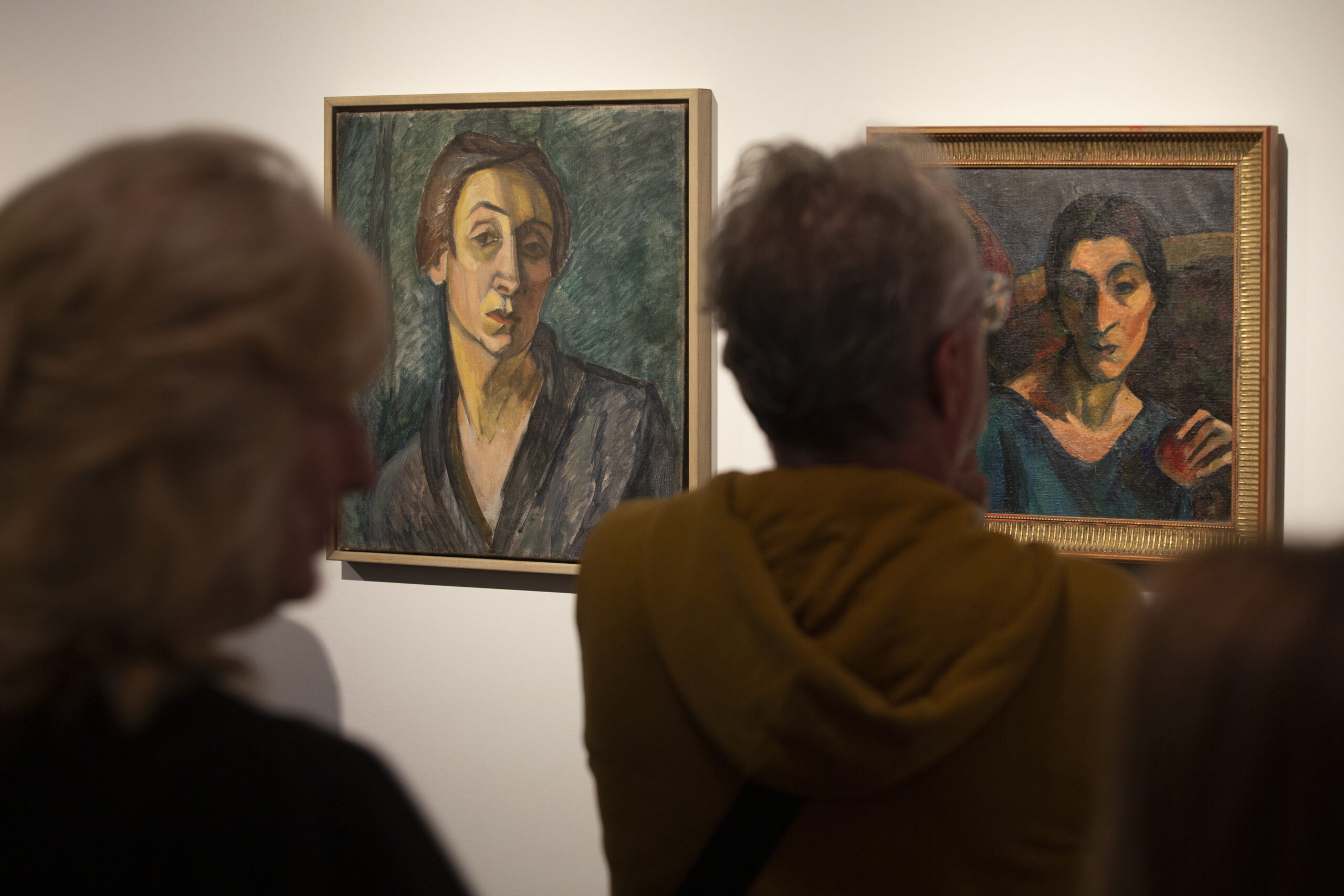
The Liszt Fest International Cultural Festival began with the opening of the exhibition The Galimberti at the Hungarian National Gallery in Budapest. “The artistic richness of the Liszt Fest puts it at the forefront of international cultural festivals,” said the State Secretary for Culture at the opening ceremony on Wednesday.
The exhibition featuring the oeuvre of two prominent figures of twentieth-century Hungarian art, the artist couple Sándor Galimberti (1883-1915) and Valéria Dénes (1877-1915), was organized in cooperation between the Hungarian National Gallery and Müpa Budapest. State Secretary Magdolna Závogyán noted that the National Gallery, the Ludwig Museum, and the Museum of Ethnography will all contribute to the Liszt Fest with exciting and special programs for art lovers.
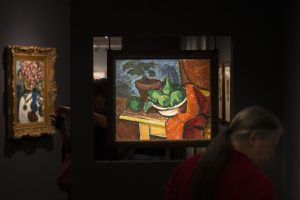
Photo: MTI/Kocsis Zoltán
Csaba Káel, General Director of Müpa Budapest, stressed that
one of the festival’s missions is to bring the spirit, work, and thinking of the internationally renowned 19th century artists, who linked the different artistic disciplines into the present day.
Zsolt Petrányi, Deputy Director General for Research at the Museum of Fine Arts – Hungarian National Gallery, said that the current exhibition will also present a research project that will show the careers of two artists through a personal, family context. He added that this exhibition offers visitors an insight into how different artistic influences modify the creative methods of the couple through the mechanisms of art making.
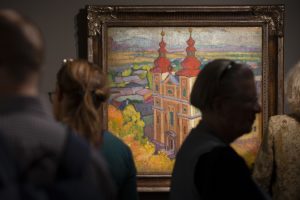
Photo: MTI/Kocsis Zoltán
The exhibition, which opened its doors today, focuses on the paintings of Luigi Galimberti, the painter’s father, Mária Lanov, the artist’s first wife, but especially on the works of Sándor Galimberti and his second wife Valéria Dénes.
The exhibition includes a total of 85 paintings and prints, as well as numerous documents.
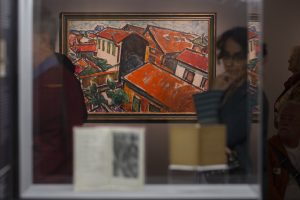
Photo: MTI/Kocsis Zoltán
Although the Galimberti family has left little documentary material for posterity, the exhibition presents the most significant pieces of archival material available.
The most important sources for research are the letters written by Valéria Dénes, published for the first time in their entirety in the exhibition’s richly illustrated 370-page catalogue, which can be regarded as the first major Galimberti–Dénes monograph. The catalogue can be read both in Hungarian and English.
The majority of the works on display are from public collections, complemented by a significant amount of material from private collections. The exhibition is open until January 26, 2025.
Via MTI, Featured image: MTI/Kocsis Zoltán